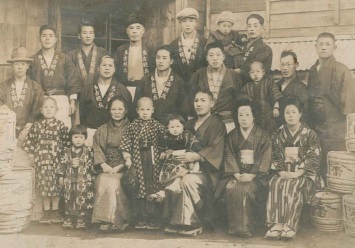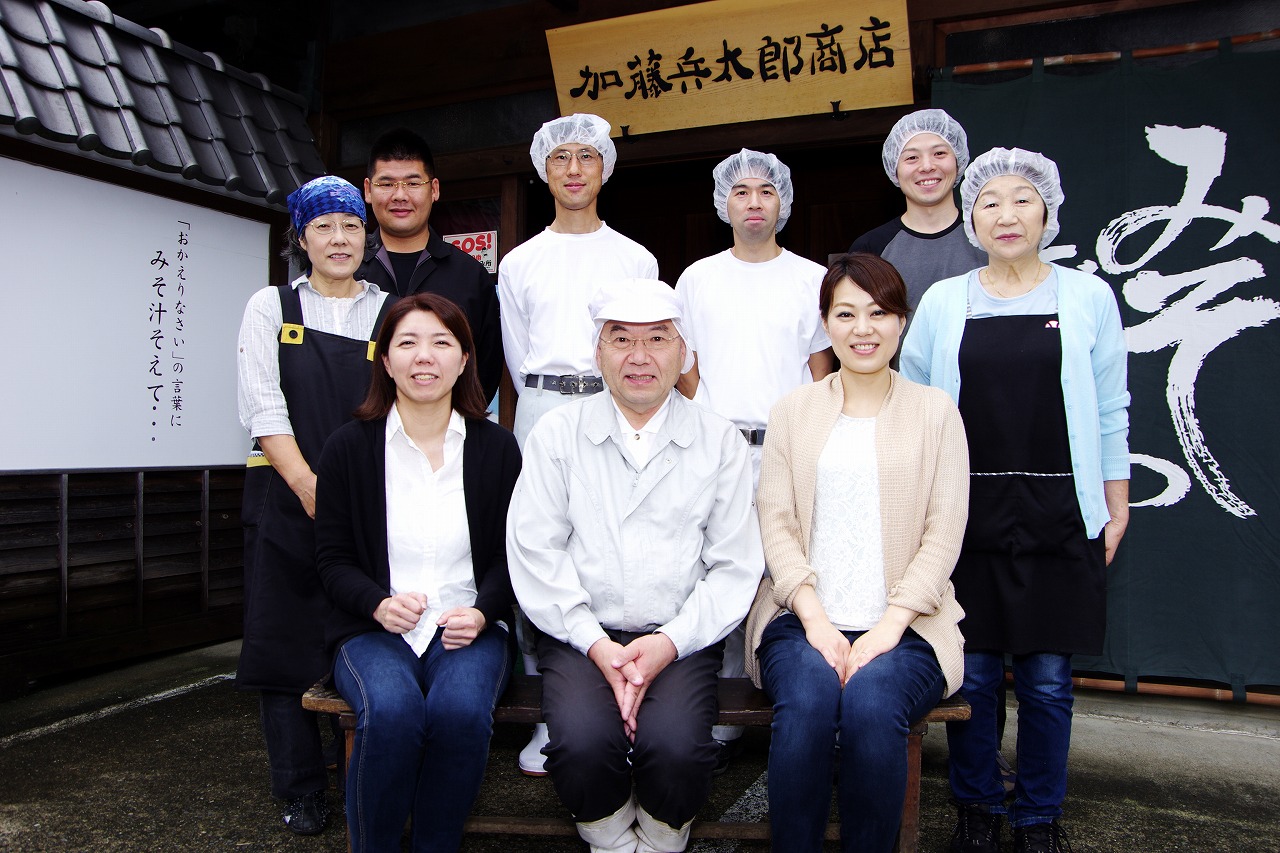Unique to their production room, based in Odawara city, is the train rails than runs through the building which they use to move ingredients from one place to another. Not only is it a clever way to swiftly move their heavy raw ingredients to the wooden vats, but also it adds a special, fun element to their family business; “being the only miso factory in Japan using a train rail” says Mr. Kato proudly, who next to miso, seems to have a passion for trains too.

The unique, authentic flavors of IICHI have been developed over many generations of the Kato family. They continue to produce according to the traditional methods their family has used from the very beginning; and refer to this as the secret behind their never-changing, top-notched flavor and the reason for them being the last miso producer to succeed in Kanagawa prefecture, where many food producers struggle due to the nation’s shrinking population and changing food patterns. Mr. Kato, the sixth-generation owner of the business, swears by using their traditional wooden vats, despite the hard physical labor it requires to fill and empty them; which is done with a simple ladder and shovel.
The IICHI Way
The different types of Miso are fermented in large wooden barrels and use only tradition ingredients.
Whereas many miso businesses have switched to machinery in order to produce faster and cheaper, Mr. Kato strongly believes that the miso bacteria released during its production, have soaked into the vats over time and produce an even more intense, pure flavor. For the same reason, they still produces the miso almost completely by hand. Furthermore, whereas many makers boil the soy beans used for miso paste, which creates their nice white color, IICHI miso steams the beans, which makes the miso pastes slightly darker, but much better preserve the bean’s scent and fragrance.
Different from Miso sold in most supermarkets, the fermentation process is not stopped before packaging and the IICHI Miso therefore not only has a lot of Umami, but it still includes the living cultures that also are said to have health benefits. The 6th and 7th generation of the Kato family, who are running the business together, strive to produce the best possible quality, old-style miso, according to traditional standards and crafting methods, to respect their forerunners and authentic food culture.
170 Years of IICHI Miso







